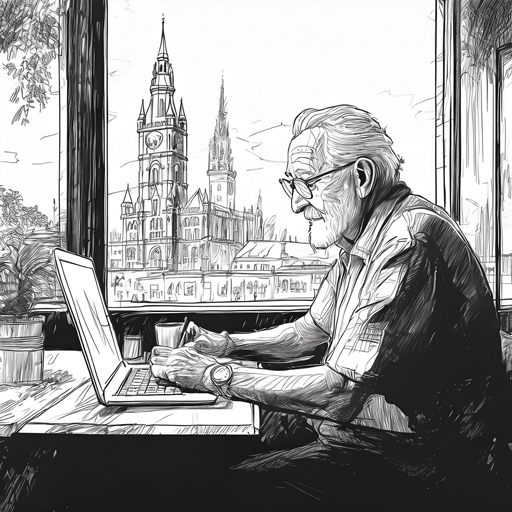Applying Arduino Boards in Robotics: Innovation and Accessibility

In recent years, the Arduino board has emerged as a cornerstone technology in the field of robotics, democratizing innovation and enabling hobbyists, students, and professionals alike to create sophisticated robotic systems with relative ease. Combining affordability, versatility, and user-friendliness, Arduino has transformed how robotics projects are conceived, developed, and deployed.
What is Arduino?
Arduino is an open-source electronics platform based on easy-to-use hardware and software. At its core, an Arduino board consists of a microcontroller that can be programmed to sense and control objects in the physical world. Its simplicity and flexibility make it ideal for robotics applications, where real-time sensor data processing and actuator control are essential.
Why Arduino in Robotics?
Cost-Effectiveness: Arduino boards are inexpensive compared to many other microcontroller platforms, making robotics accessible to a wider audience.
Ease of Use: With a supportive community, extensive documentation, and intuitive Integrated Development Environment (IDE), Arduino simplifies the learning curve for beginners.
Open-Source Ecosystem: A vast array of libraries and shields (add-on boards) facilitate rapid prototyping by allowing easy integration of sensors, motors, communication modules, and more.
Scalability: Arduino boards come in various models from simple Uno to more powerful Mega and Due versions, supporting projects ranging from basic line-following robots to complex autonomous drones.
Applications of Arduino in Robotics
- Mobile Robots: Arduino boards control motors and read sensor inputs for tasks such as line following, obstacle avoidance, and maze navigation.
- Robotic Arms: Arduino manages servo or stepper motors to provide precise movements, enabling manipulation and automation tasks.
- Humanoid Robots: By coordinating multiple servos and sensors, Arduino can be used to build robots mimicking human gestures for educational and research purposes.
- Drones and UAVs: Arduino serves as a flight controller hub, processing sensor data and controlling actuators for drone stability and navigation.
- Swarm Robotics: Multiple Arduino-controlled robots can be programmed to perform coordinated tasks, useful in research and industrial applications.
Examples of Arduino-based Robotics Projects
- Line-Following Robot: Using infrared sensors connected to an Arduino board, a robot can detect and follow a track, demonstrating basic sensor-actuator feedback loops.
- Obstacle Avoidance Robot: Combining ultrasonic distance sensors with Arduino microcontrollers enables robots to detect and navigate around obstacles autonomously.
- Robotic Arm Controlled via Bluetooth: Arduino boards can receive wireless commands from a smartphone to manipulate a robotic arm, showcasing remote operation capabilities.
- Self-Balancing Robot: Arduino controls motor speeds based on data from gyroscopes and accelerometers to maintain balance, illustrating real-time sensor fusion.
Future Prospects
As robotics increasingly integrates with Artificial Intelligence (AI), Internet of Things (IoT), and wireless communication technologies, Arduino remains at the forefront by continuously evolving with new hardware variants and software capabilities. The proliferation of Arduino-compatible sensors and modules further enhances its potential in creating smarter, more responsive robots.
Conclusion
The Arduino board has significantly impacted the robotics landscape by lowering barriers to entry and fostering creativity among innovators. Whether for educational purposes, hobby projects, or professional research, Arduino provides a robust and flexible platform that brings robotic ideas to life efficiently and affordably. As technological trends advance, the role of Arduino in empowering the next generation of roboticists continues to expand, opening new frontiers in automation and intelligent systems.
References:
- Arduino Official Website: https://www.arduino.cc/
- "Arduino Robotics" by John-David Warren, Josh Adams, Harald Molle
- Online Arduino and Robotics Community Forums
